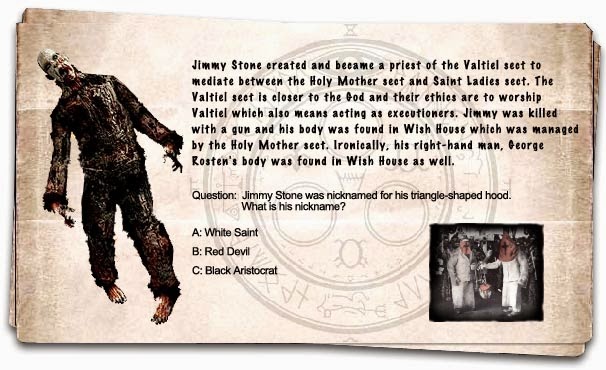From video games like Scratches to my own writing, I am a huge fan of H. P. Lovecraft. His writing, together with Silent Hill, are the two things that got me into horror. When it comes to Lovecraft’s stories, their age sometimes shows (and sometimes his own views show more than anyone would like), but other times they are unrivaled at creepiness and cosmic horror.
Today I’m going to talk about H. P. Lovecraft’s The Case of Charles Dexter Ward. Not the story itself, although it’s one of my favorites. I mean the video game.
From Senscape, the maker of Scratches, Asylum, and Serena comes the first-ever official video game adaptation of one of Lovecraft’s stories. That’s right, it’s not just a game with Lovecraftian themes or elements of the Cthulhu mythos, it’s an actual adaptation of The Case of Charles Dexter Ward.
Can we just take a moment to reflect on how awesome that is? The developers of great horror adventure games are turning an excellent horror story into an adventure game! They’re also some of the biggest Lovecraft fans around, and I have confidence in them to get it done right. When I first heard about this game, I was ecstatic. I can’t wait until I get a chance to play this game.
But I may never get that chance if its Kickstarter doesn’t succeed. With only 12 days left in the campaign, it hasn’t even hit the halfway point yet. Far from the dream of a series of Lovecraft adventure games if it exceeds its goal, we might be forced to settle for a more limited project (like one without the Lovecraft documentary) or even have to wait until the future, when Senscape is more established.
If you’re a fan of adventure games and The Case of Charles Dexter Ward, check out the campaign and see how fantastic this could be. If you’ve never read the original story, Lovecraft’s works are pretty easy to find. For that matter, you can even find them for free.
Now, join me and support H. P. Lovecraft’s The Case of Charles Dexter Ward! Let’s make this game a reality.





